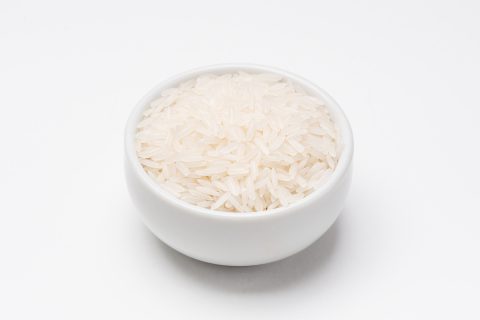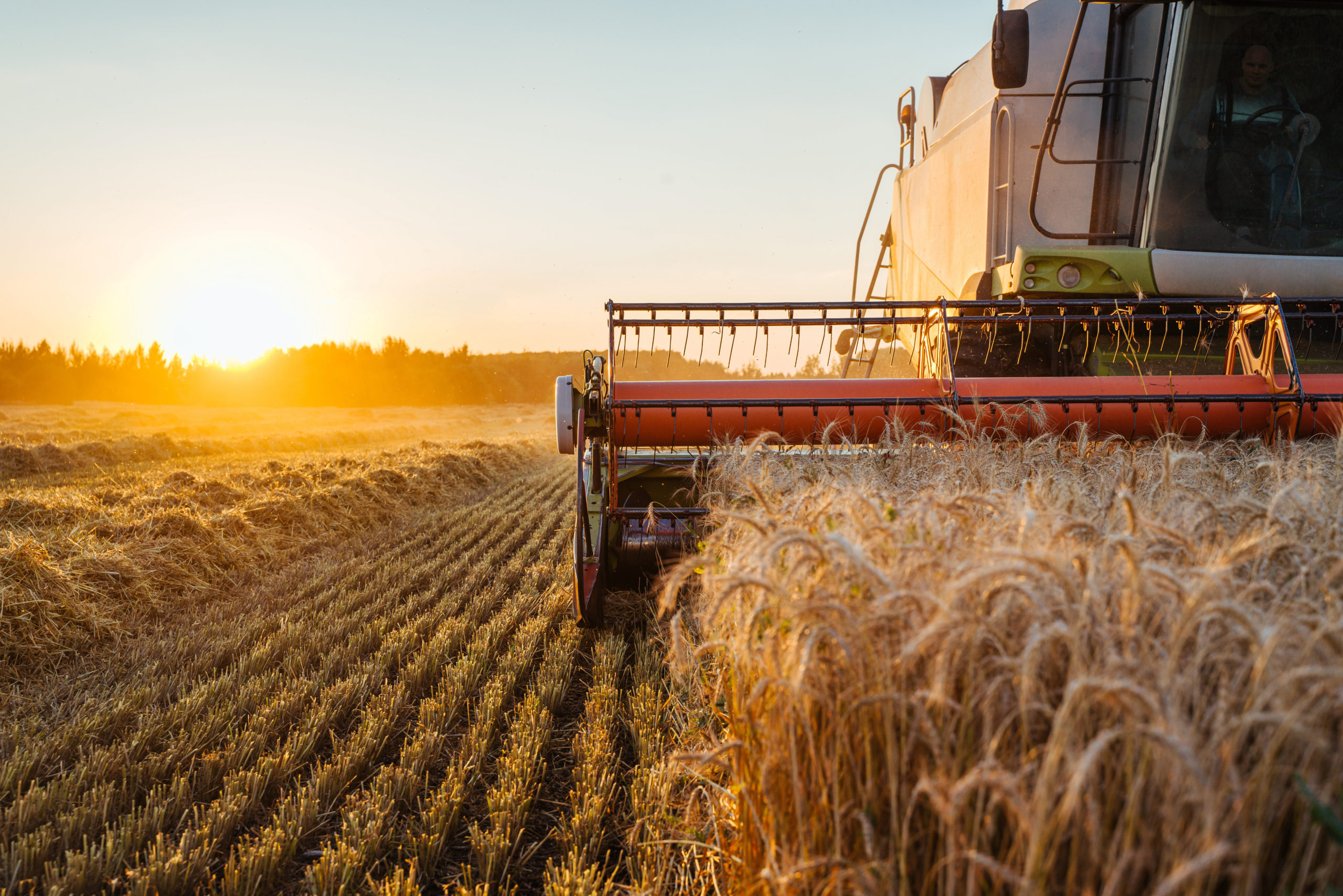

Jasmine Rice
Jasmine rice is grown primarily in Thailand (Thai hom mali or Thai fragrant rice), Cambodia (angkor kra’oup or Cambodian jasmine rice), Laos, and southern Vietnam. It is moist and soft in texture when cooked, with a slightly sweet flavor. To harvest jasmine rice, the long stalks are cut and threshed. The rice can then be left in a…
Description
Jasmine rice is grown primarily in Thailand (Thai hom mali or Thai fragrant rice), Cambodia (angkor kra’oup or Cambodian jasmine rice), Laos, and southern Vietnam. It is moist and soft in texture when cooked, with a slightly sweet flavor.
To harvest jasmine rice, the long stalks are cut and threshed. The rice can then be left in a hulled form called paddy rice, de-hulled to produce brown rice, or milled to remove the germ and some or all of the bran, producing white rice.
Jasmine rice, which emits a jasmine-like, pleasant aroma, is highly popular in South Asian nations. It is long grain rice, mostly cultivated in Thailand and hence, is also known as Thai fragrant rice or Thai Hom Mali rice. Though jasmine rice is high in carbohydrates content, it is also packed with calories.
Certifications and Documentation
Certifications:
USDA-NOP Organic Certification
Kosher / Halal Certified
Standard Documentation:
Certificate of Origin
Third party quality control certificate / inspection report
Shipping documents (Commercial Invoice, Bills of lading, Packing list)
Phytosanitary Certificate
